1070799
License Number
Call Us
La Puente, CA 91746
Visit Us Here
24 Hour Service
7 Days a Week
Essential Guide: How to Remove Calcium Buildup on Faucet
Calcium buildup, often known as hard water deposits, is a ubiquitous issue in homes worldwide. This white, crusty substance is the result of minerals in water, primarily calcium and magnesium, accumulating on surfaces, including faucets. Over time, its persistent presence can become a frustrating commonality for many homeowners, requiring timely attention to maintain household fixtures’ functionality and appearance.
When calcium buildup amasses on faucets, it can impede water flow, degrade rubber washers, and mar the fixture’s visual appeal. Its abrasive nature can also cause permanent damage if left unaddressed. Recognizing the importance of tackling this problem quickly, this guide delivers a comprehensive, step-by-step process aimed at removal and prevention. We’ll ensure your taps regain their shine and efficiency, preserving the integrity and elegance of your household faucets.
How Calcium Buildup Occurs
Calcium buildup is predominantly attributed to hard water, which contains high levels of minerals, namely calcium and magnesium. As water flows and evaporates, these minerals precipitate and cling to surfaces, creating stubborn deposits.
Recognizing calcium buildup early is imperative for timely maintenance of faucets. Watch for these indicators:
- White, chalky residue around the spout and base of the faucet
- Reduced water pressure from the faucet’s output
- Difficulty in adjusting handles due to stiffness or accumulation around moving parts
- Small, white particles found in aerators or filters when dismantled
Potential Consequences of Untreated Calcium Buildup
Ignoring calcium buildup can lead to a cascade of plumbing woes. Be aware of these eventualities:
- A clogged aerator results in a poor water stream and possible eventual blockage
- Corrosion of the faucet’s finish, diminishing its appearance and durability
- Wear and tear on internal components, leading to leaks and costly repairs
- Increased difficulty in cleaning the affected area, as deposits become harder over time
Preparation and Safety Measures
Before removing calcium buildup from your faucets, it’s essential to prepare adequately and prioritize safety. Correct preparation streamlines the process, while adherence to safety measures ensures a hazard-free cleaning experience.
Overview of Tools and Materials Needed for Removal
The right tools and materials are crucial for effectively tackling calcium buildup. Here’s what you’ll need:
- Protective gloves to shield your hands from cleaning agents
- White vinegar, a safe and natural descaling agent
- A plastic bag or wrap for applying vinegar to the faucet
- A soft-bristled brush or an old toothbrush for gentle scrubbing
- A clean, soft cloth for wiping and polishing the faucet
Safety Precautions to Consider Before Starting the Cleaning Process
Safety is paramount when working with any cleaning agents. Keep these precautions in mind:
- Ensure the room is well-ventilated, especially when using stronger cleaning solutions
- Wear protective gloves to prevent skin irritation from cleaning chemicals
- Avoid mixing different cleaning agents to prevent hazardous chemical reactions
- Keep cleaning products out of the reach of children and pets during and after use
Importance of Choosing the Right Cleaning Agents for Different Faucet Materials
Selecting an appropriate cleaning solution is vital to prevent damage to your faucet’s finish. Acidic cleaners may effectively dissolve calcium deposits but can also attack the faucet’s material if they are not compatible. Hence, understanding your faucet’s material and consulting the manufacturer’s recommendations can guide your choice of cleaning agents, ensuring both safety and longevity.
How to Remove Calcium Buildup on Faucet
Several effective methods stand out for tackling the nuisance of calcium buildup on faucets. This segment delves into DIY natural solutions and advanced cleaning techniques, providing a comprehensive roadmap for restoration and maintenance.
1. DIY Natural Solutions: Vinegar Soak Method
The Vinegar Soak Method is a time-tested, eco-friendly approach to removing calcium buildup with minimal effort. It’s simple and cost-effective.
Step-by-step instructions for applying vinegar soak:
- Fill a plastic bag with enough white vinegar to submerge the faucet’s end.
- Secure the bag over the faucet with a rubber band or tape, ensuring it is fully immersed in the vinegar.
- Let the faucet soak in the vinegar, ensuring complete contact with all affected areas.
Duration for the soak:
Allow the faucet to soak for at least one to two hours, but leaving it overnight may yield better results for stubborn buildup.
Removal and cleaning post-soak:
- Remove the bag and dispose of the vinegar.
- Use a soft brush or cloth to gently scrub away the loosened deposits.
- Rinse with water and dry with a clean towel for a shiny finish.
2. DIY Natural Solutions: Lemon Juice Application
Leverage the natural acidity of lemon juice to combat calcium buildup with a refreshing twist.
Directions for using lemon juice effectively:
- Slice a lemon in half and press it directly onto the affected area.
- Rub the lemon over the buildup, ensuring the juice covers it completely.
- For hard-to-reach spots, use an old toothbrush dipped in lemon juice.
Benefits of using lemon over other acidic solutions:
Lemon juice not only offers an aromatic and natural alternative to chemical cleaners but also delivers comparable results in dismantling calcium deposits. Unlike harsher options, lemon is less likely to damage faucet finishes and leaves behind a pleasant citrus scent that enhances the overall cleaning experience. It’s a readily available solution, making it an ideal option for immediate cleaning needs.
Commercial Cleaners
Choosing the right commercial cleaner for your faucet involves considering both the material of your faucet and the strength of the cleaner. Opt for products specifically designed for use on bathroom or kitchen fixtures to avoid damaging the finish. Reading labels and manufacturer recommendations can guide you to a safe and effective selection.
Application Tips for Ensuring Safety and Maximizing Efficacy
Using commercial cleaners requires a careful approach to protect yourself and ensure the best results. Here’s how to get started on a safer and more effective cleaning routine.
- When employing commercial cleaners, it’s crucial to prioritize both safety and effectiveness. Proper application techniques can prevent harm and ensure your faucet emerges sparkling clean.
- Read and follow the product’s instructions carefully to understand application methods and safety precautions.
- Wear gloves and eye protection to safeguard against potential splashes and irritants.
- Ensure good ventilation in the cleaning area to minimize inhalation of fumes.
- Apply the cleaner directly to affected areas, avoiding overuse, which can lead to unnecessary waste and potential damage.
- Allow the cleaner to sit for the duration specified by the manufacturer to break down calcium deposits effectively.
- Rinse thoroughly with water after cleaning to remove any residue of the cleaner from the faucet.
Pros and Cons Compared to DIY Solutions
Pros:
- More potent formulas can offer quicker and potentially more thorough cleaning results.
- Convenience as there’s no need to mix solutions or prepare materials.
- Variety of options tailored to different types of faucets and levels of buildup.
Cons:
- Chemical exposure risk, which might require additional safety precautions.
- Potential damage to sensitive materials if an unsuitable cleaner is used.
- Higher cost compared to most DIY solutions, which utilize common household items.
Using Tools for Stubborn Buildup
Incorporating physical tools can be a game-changer for tenacious calcium deposits that resist liquid solutions. Here’s how to choose and apply the right tools effectively.
- Soft-bristled brushes: Ideal for most surfaces without scratching.
- Plastic scrapers: Effectively remove buildup without harming the faucet finish.
- Old toothbrushes: Perfect for tight spaces and detailed work.
- Microfiber cloths: These are useful for buffing the faucet after treatment.
- Pumice stones (used with caution): Effective for severe buildup on non-delicate surfaces.
Safe Techniques to Avoid Damaging the Faucet Surface
Preserving the integrity of your faucet’s surface while removing buildup requires careful techniques and a gentle approach.
- Employ tools that match the delicacy of your faucet’s finish to prevent scratches and other damage.
- Always test tools on a small, inconspicuous area before applying them broadly to ensure they won’t harm the surface.
- Use light pressure and circular motions to gently lift deposits without scouring the material beneath.
- Avoid metal tools that scratch chrome, stainless steel, and other finishes.
- Combine tools with water or mild detergents to lubricate the surface and minimize abrasion.
How to Complement Tool Use with Chemical Solutions for Best Results
Achieving pristine results often means pairing physical tools with chemical solutions for a comprehensive approach.
- Start with a chemical soak (using vinegar or commercial cleaners) to loosen deposits, making them easier to remove with tools.
- Alternate between tool use and solution application as needed, allowing each method to address different layers and types of buildup.
- Finish with a chemical rinse to remove lingering particles and polish the faucet.
- Use protective gloves when combining chemical solutions with physical tools to safeguard your skin.
- Rely on manufacturer-recommended products to ensure compatibility with your faucet’s materials, enhancing the longevity and appearance of your fixture.
When to Seek Professional Help
Sometimes, despite our best efforts, calcium buildup refuses to budge. But don’t worry; it might just be time to call in the pros. Here’s how you know it’s time to seek professional help.
- Significant Damage to Faucet Surfaces: When DIY methods and over-the-counter products fail to remove the buildup, you notice damage or wear to your faucet’s finish.
- Buildup in Hard-to-Reach Places: Professionals have the tools and expertise to safely remove calcium deposits from places difficult for the average homeowner to access.
- Frequent Recurrence of Severe Buildup: If you’re experiencing repeated instances of heavy buildup that are tough to manage, a professional can help identify and solve the underlying issues.
- Water Flow Restrictions: When calcium buildup is severe enough to affect water pressure or flow, a professional plumber can help restore proper function.
- Concerns About Plumbing Damage: For peace of mind, especially in older homes or with delicate fixtures, the expertise of a professional can ensure that your plumbing is not damaged further.
Wrap Up
Tackling calcium buildup on your faucets isn’t just about keeping things looking shiny; it’s essential for maintaining the health and functionality of your plumbing. Throughout this guide, we’ve explored various effective methods to combat this common problem—from simple at-home remedies like vinegar soaks to employing the right tools for stubborn cases. Remember, regular checks and cleaning can prevent the buildup from becoming a severe issue, saving you time and effort in the long run.
Regular maintenance is your best bet in preventing calcium buildup from taking over your faucets. However, when a problem escalates beyond a DIY fix, don’t hesitate to call in the experts. At Showtime Plumbing LLC, we’re committed to providing top-notch service for all your complex plumbing needs. You can trust our team to deliver exceptional results with professionalism and expertise. Don’t let plumbing woes dampen your day—contact us to ensure your faucets remain in tip-top shape!
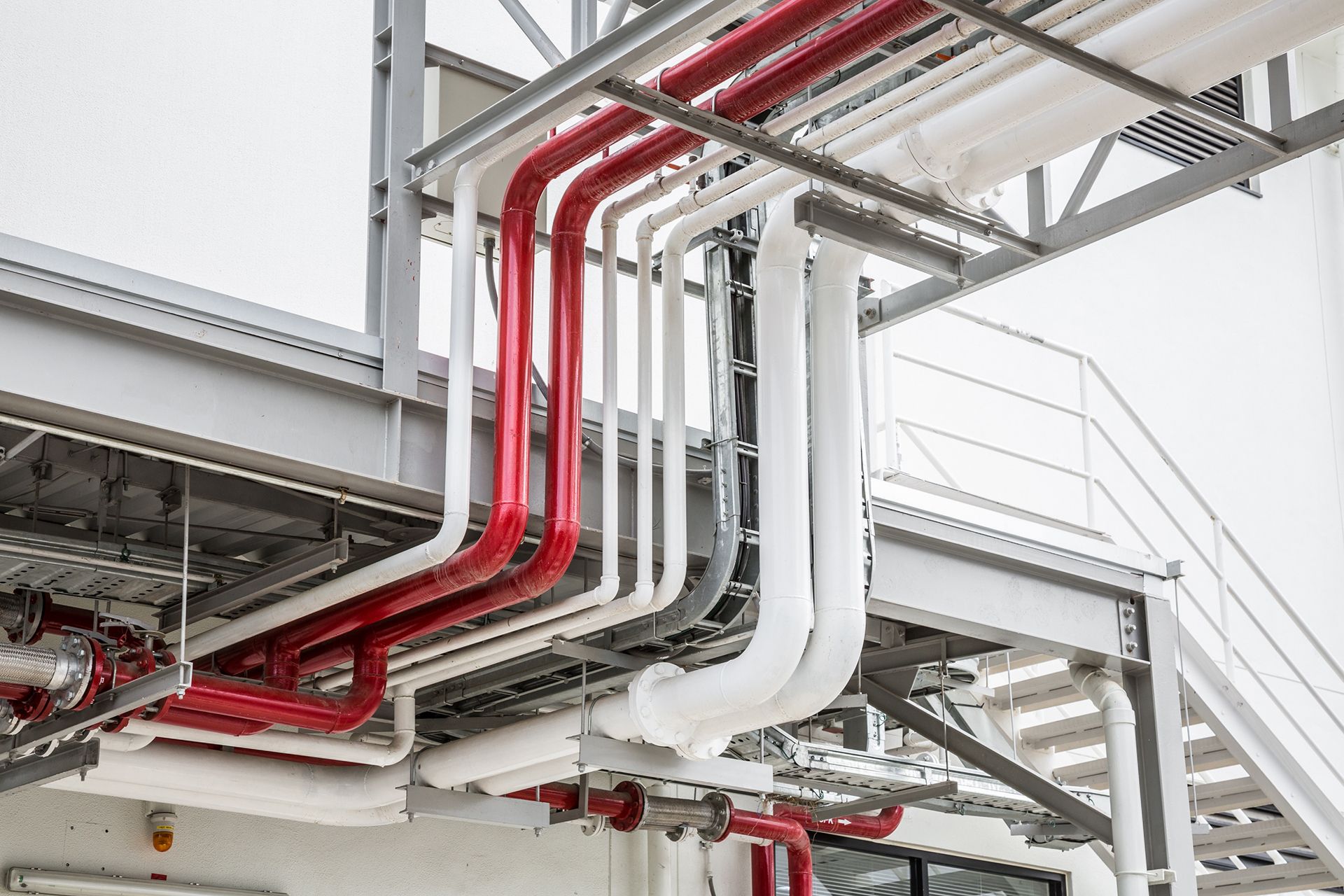
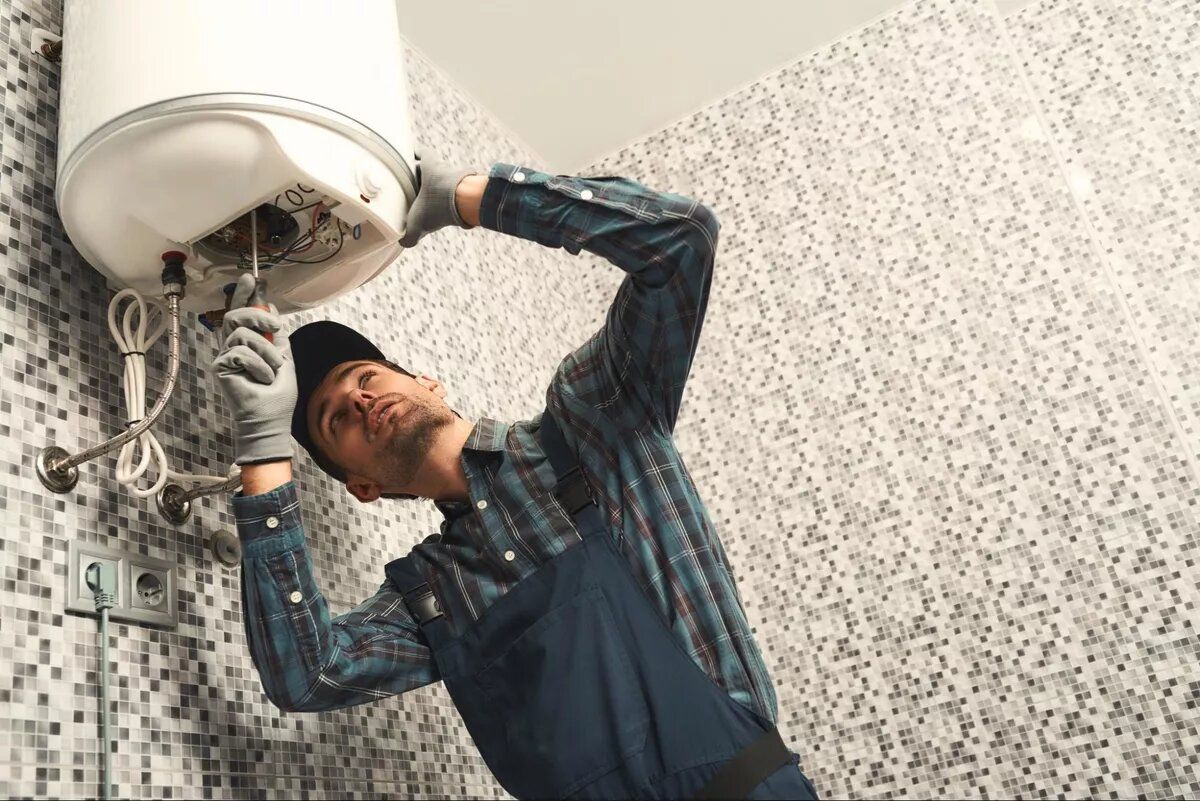
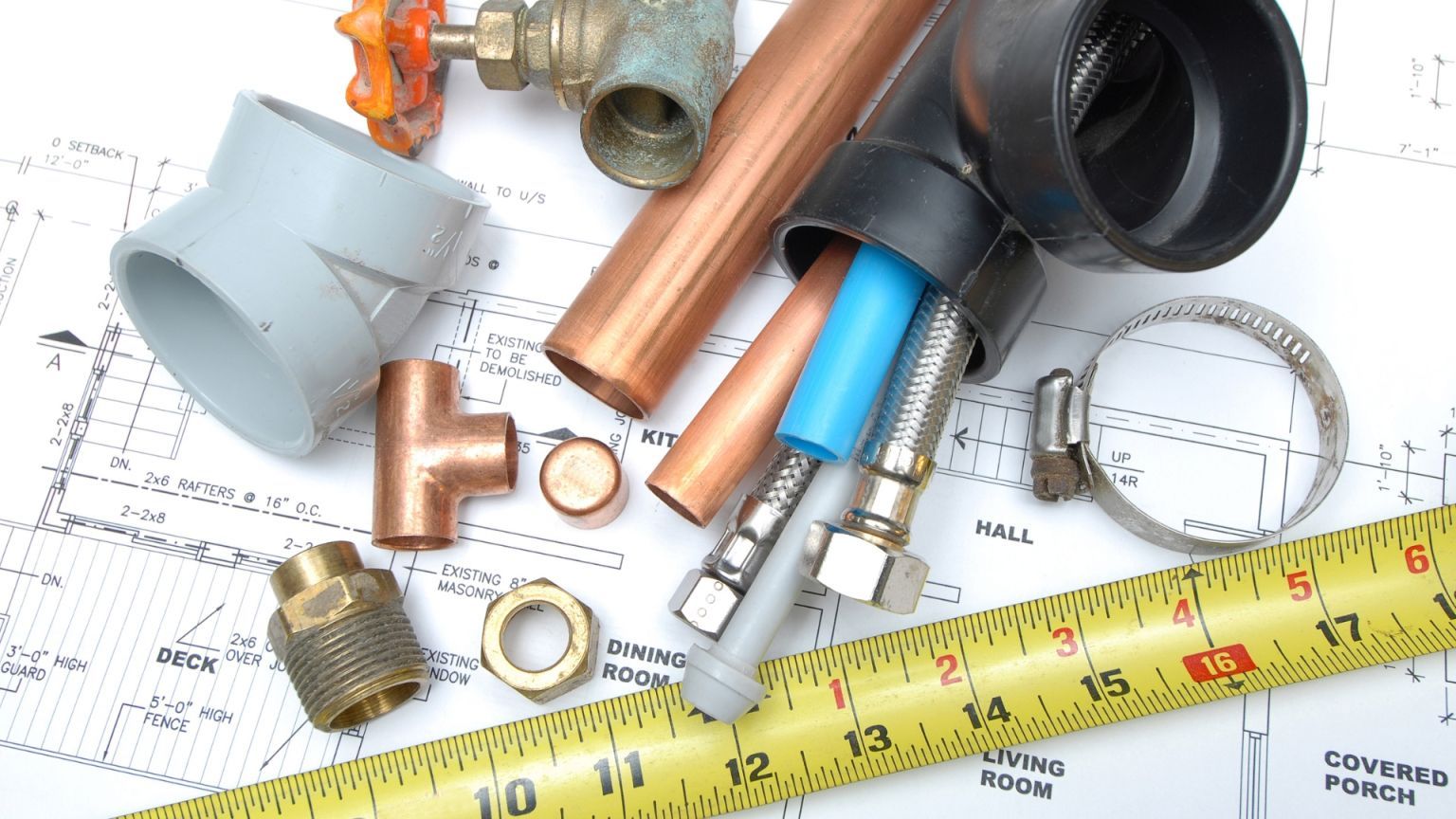
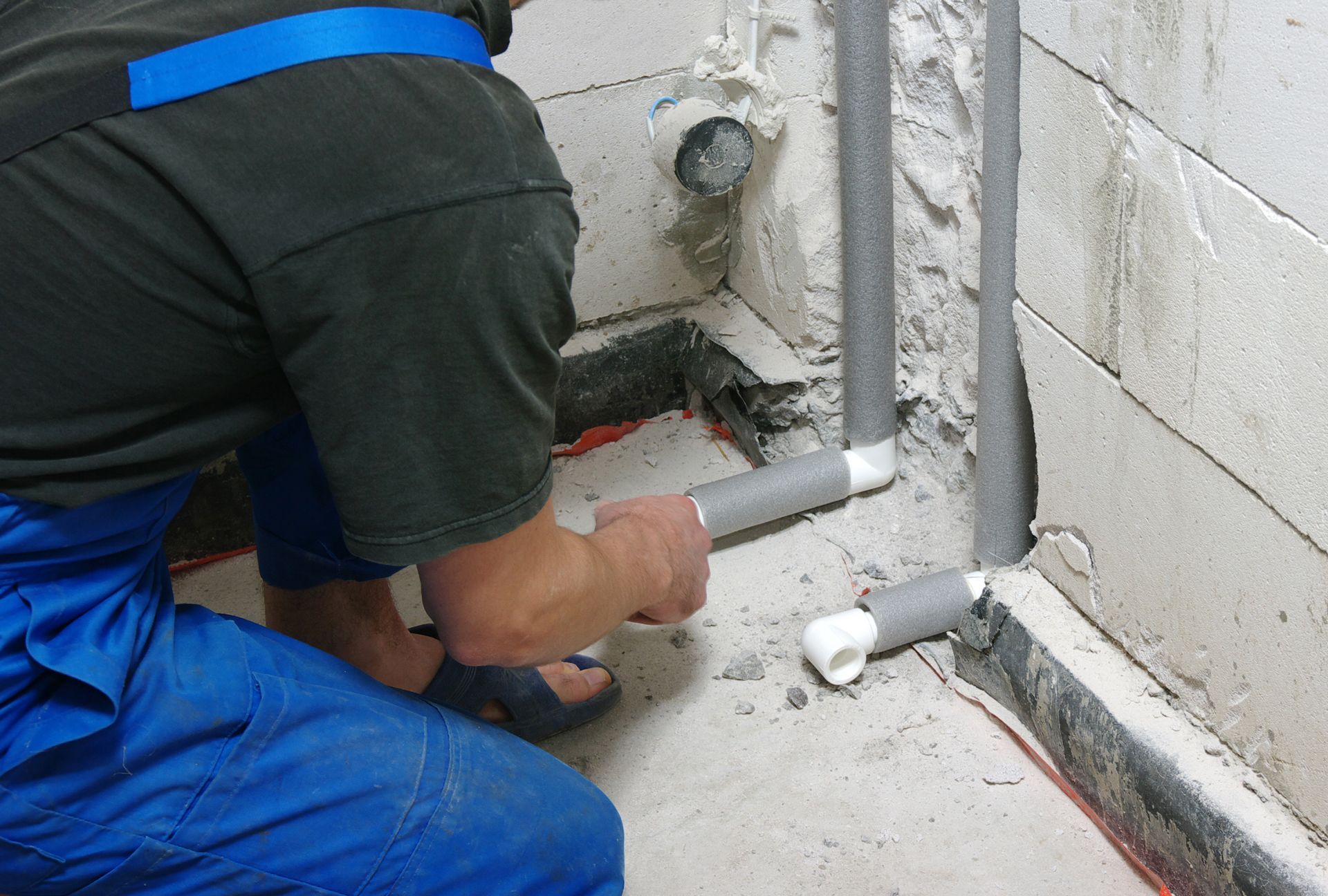
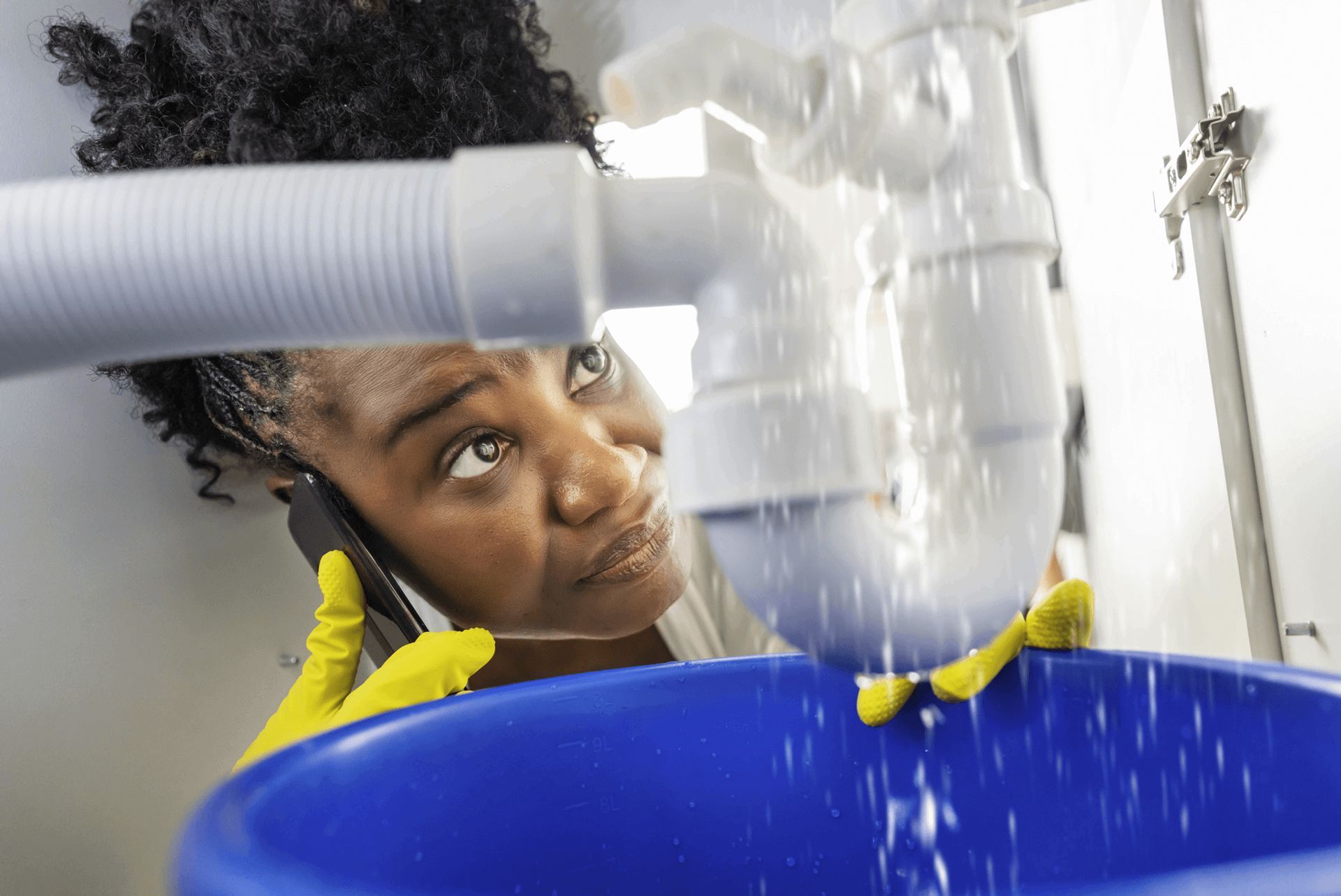
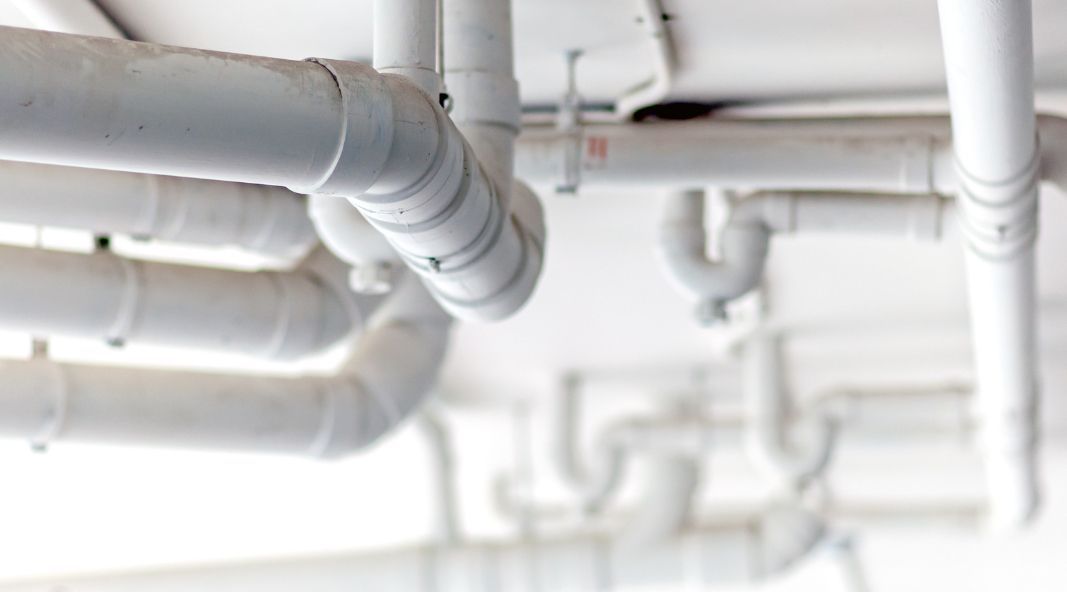

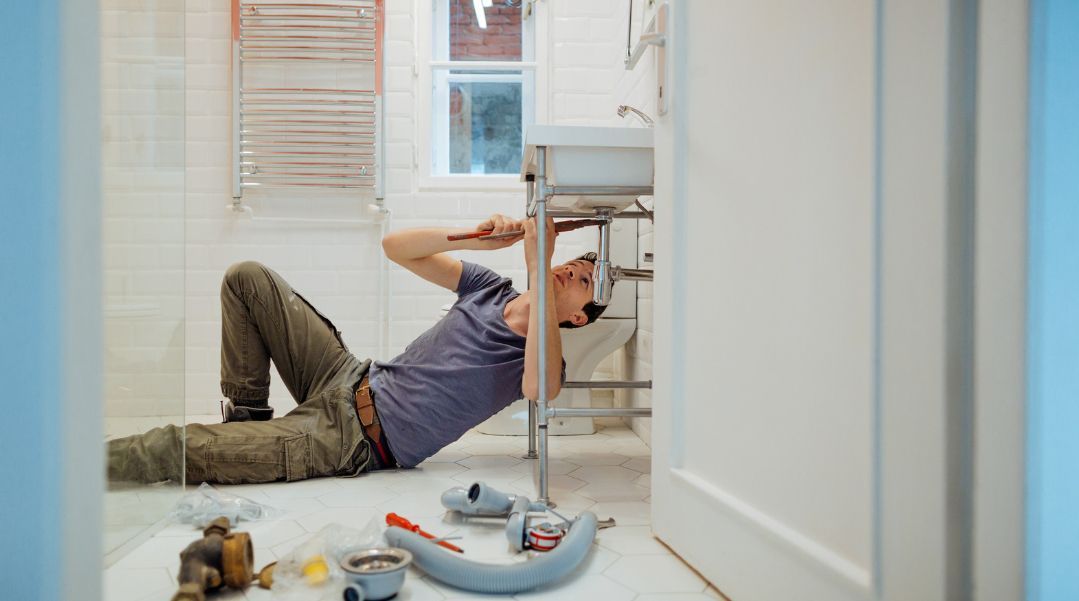
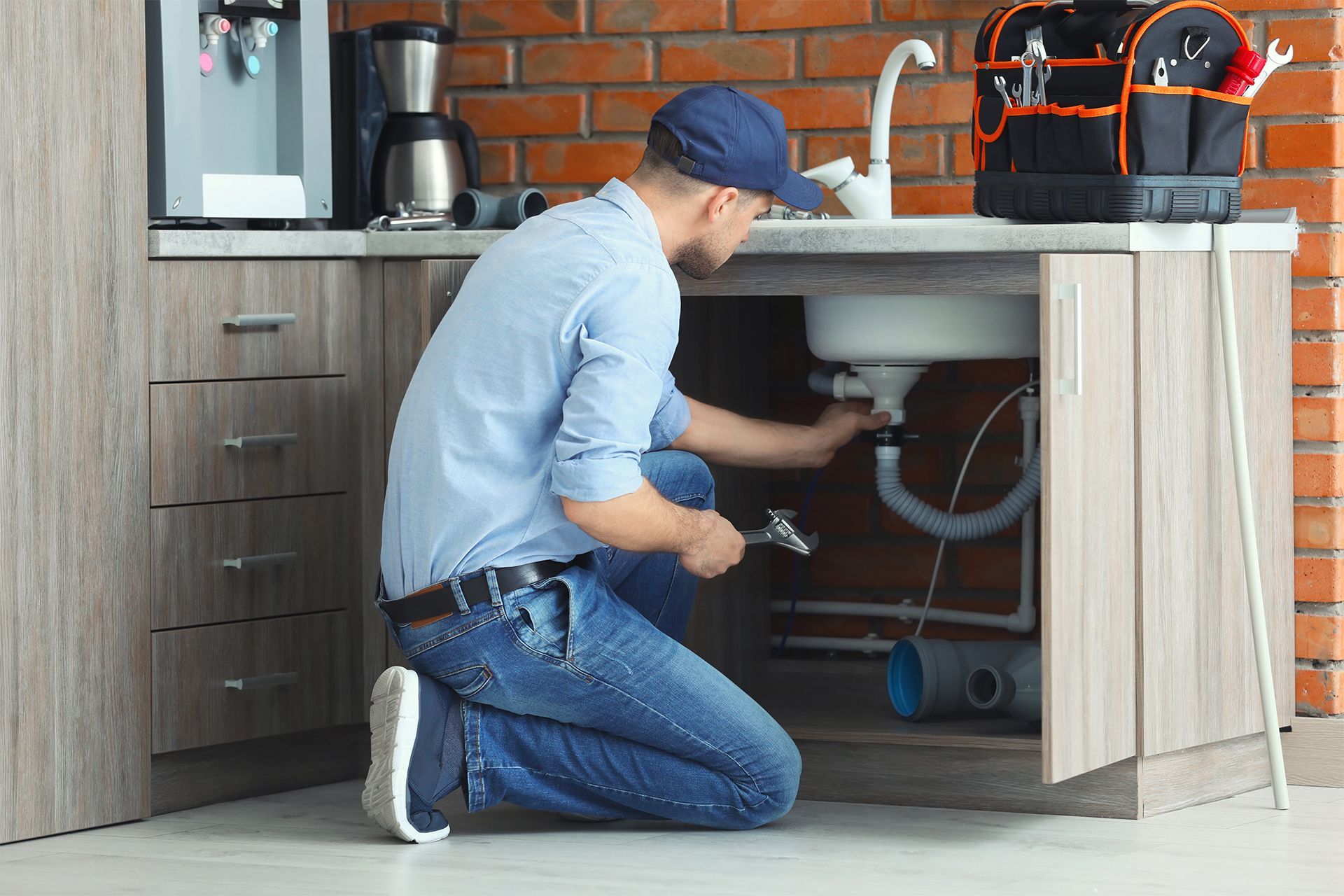


Quick Links
Our Services